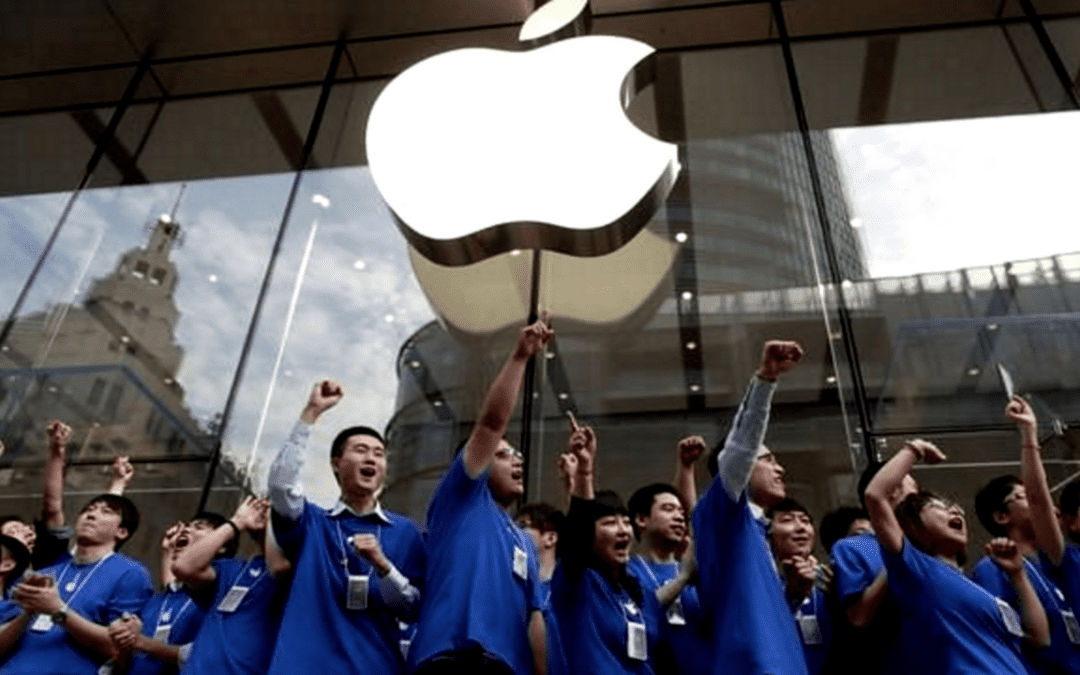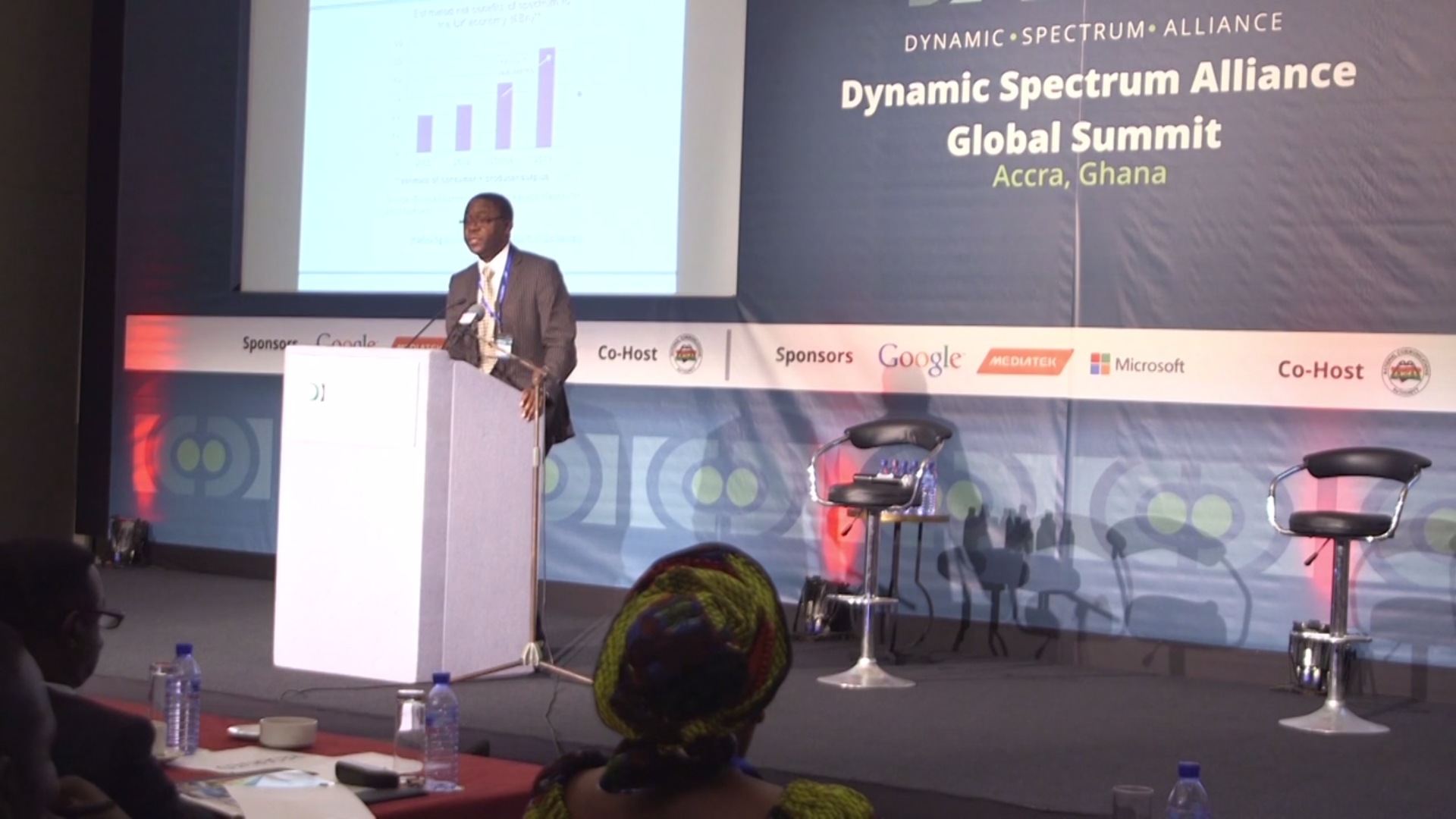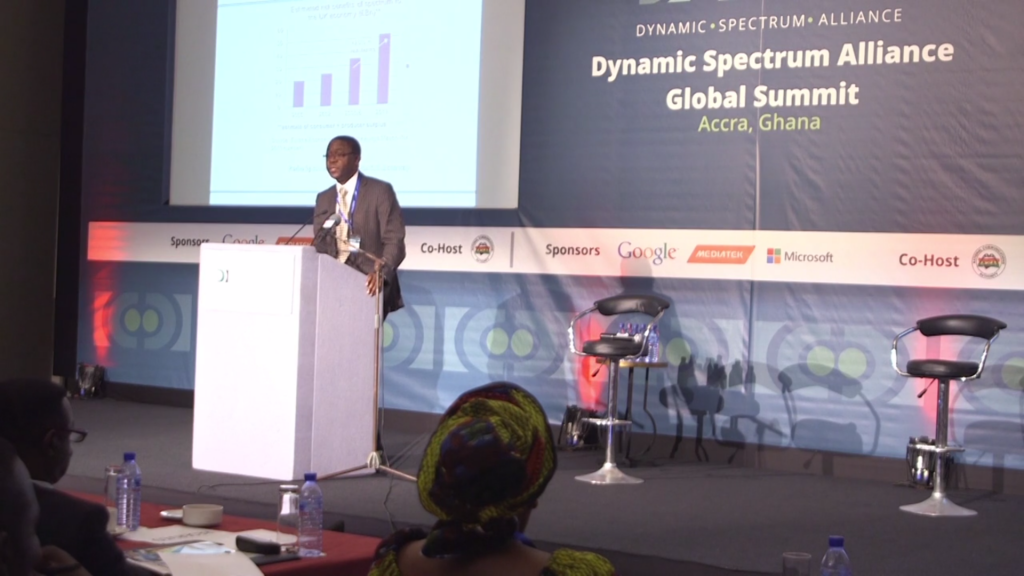
by chrisdofdof | Jan 15, 2024 | Apple
Apple is one of the most successful and profitable tech companies in the world, but it is not immune to the challenges and uncertainties of the global economy. Recently, the company announced that it was cutting some roles within its corporate retail division, which is responsible for the building and upkeep of Apple retail stores around the world.
The news came as a surprise to many, as Apple had not been hit by the wave of layoffs that swept across the tech industry since last year. Big tech peers such as Amazon, Meta, Microsoft and Alphabet have eliminated tens of thousands of jobs in recent months, citing reasons such as overhiring, shifting business priorities, slowing growth and recession fears.
So why is Apple laying off workers now? According to reports, the company is framing the layoffs as a way to improve its store maintenance and operations, rather than as a cost-cutting measure. It is unclear how many people will be affected by the layoffs, but it is likely a very small number compared to Apple’s global workforce of 164,000 employees as of September 2023.
Apple has not revealed any details about which roles or locations will be impacted by the layoffs, but it has given the affected employees until the end of the week to apply for new roles within the company. Apple has also stated that it will continue to hire for certain positions within its retail division, as well as other areas of its business.
Apple’s CEO Tim Cook has previously stated that layoffs are a last resort for the company, and that he will find other ways to manage costs instead of letting go of workers. He has not ruled out the possibility of layoffs entirely, but for now, Apple has managed to avoid them for most of its teams.
Apple’s decision to lay off some workers may seem contradictory to its strong financial performance and reputation as an employer of choice. However, it may also reflect the company’s prudence and adaptability in a changing and competitive market. Apple has not expanded its workforce as quickly as its competitors during the pandemic, avoiding overhiring and overspending. It has also slowed down hiring and spending for some of its teams last year, in response to the overall economic uncertainty.
Apple may also be preparing for future challenges and opportunities, such as launching new products, entering new markets, or facing new regulations. By streamlining its retail division, Apple may be able to focus more on its core products and services, such as the iPhone, iPad, Mac, Apple Watch, AirPods, Apple TV+, Apple Music, iCloud and Apple Pay.
Apple’s layoffs may be unfortunate for those who are affected, but they may not be indicative of a larger problem or trend for the company. Apple may still be one of the most resilient and innovative tech companies in the world, and one of the best places to work for.

by Sylvester Addo | May 17, 2014 | 4Afrika, General, Internet

Tuesday May 13th, at the Dynamic Spectrum Alliance Global Summit in Accra, Microsoft Corporation announced new TV white spaces pilot projects on four continents, including the newest project in Koforidua, Ghana, in partnership with SpectraLink Wireless and Facebook said Paul Garnett, Microsoft’s Technology Policy Group Director at the summit.
Paul says TV white spaces, which are the unused frequencies in the wireless spectrum band dedicated to television, are “widely seen as the first opportunity to enable wireless devices to opportunistically tap into unused spectrum, better use of the spectrum could translate to cheaper, more ubiquitous and higher-bandwidth wireless broadband connectivity.”
Microsoft is currently involved in pilot projects in 10 countries, spanning four continents. To learn more, read Garnett’s full post on Microsoft on the Issues.
TV white spaces, the unused portions of wireless spectrum in the frequency bands generally set aside for television transmissions, can be utilized for a range of applications including the following:
• Providing low-cost connectivity
• Connecting rural areas to broadband
• Improving in-building wireless networks
• Creating hotspots for Internet access
• Offloading mobile traffic
Microsoft’s commercial partnership with SpectraLink Wireless and research partnership with Facebook will deploy wireless networks covering entire campuses at All Nations University College and Koforidua Polytechnic. This pilot is part of Microsoft’s 4Afrika Initiative to help improve the continent’s global competitiveness. A core goal of the 4Afrika Initiative is to facilitate access to technology for the masses and to empower African students, entrepreneurs, developers and others to become even more active global citizens.
For students and faculty at the universities, access to the network will be coupled with productivity and communications applications as well as Internet-enabled devices. The networks will use TV white space-enabled radios and other wireless technologies to connect campus buildings, as well as off-campus hostels where students live, to ensure they have access to fast broadband. The project is operating under a TV white space pilot license granted by the Ghana National Communications Authority and is the only TV white space license currently issued in West Africa.
Facebook’s main involvement in the project will be to collaborate with Microsoft and SpectraLink Wireless on joint technology research to better understand how TV white space spectrum and equipment can support wireless Internet users today. These efforts will be led by Facebook’s Connectivity Lab team, who are working on new technologies to support Internet.org’s mission to make Internet access available to the two-thirds of the world not yet connected.
Facebook, Microsoft and SpectraLink Wireless have a like-minded view that a more abundant supply and flexible use of spectrum are important aspects to affordably connect more people to the Internet, and the companies plan to collaborate on the policy front. All three companies involved in this pilot project are also members of the Dynamic Spectrum Alliance — a global, cross-industry alliance focused on increasing dynamic access to unused radio frequencies.
“TV white spaces technology, when combined with other low-cost wireless technologies, such as Wi-Fi, offers a substantial opportunity for businesses, consumers and governments around the world to improve the economics of broadband network deployment and service delivery”, “Through these projects worldwide, we are working with local private and public-sector partners to enable new consumer experiences, while encouraging governments to make needed legal and regulatory changes to allow this technology to be deployed more broadly” said Paul Garnett.
SpectraLink Wireless: Ghana TV White Spaces Pilot from Plastic Buddha Productions on Vimeo.
“This project will provide substantial benefit to students and faculty at the universities, until now, students at these universities have not had consistent access to fast broadband, which is key to students’ ability to access information and learning resources online and compete in the 21st-century economy. With SpectraLink Wireless’ Edutech-as-a-Service platform, students and faculty will have access to the best productivity applications on the market and Internet access at true broadband speeds. All at a low cost per user per month. We look forward to rolling this out in Koforidua and the rest of the country.” said John Sarpong, CEO of SpectraLink Wireless.
Africa is not the only region where the company’s white spaces pilots are flourishing. In Asia, Microsoft has helped to pioneer white spaces pilots in Singapore and the Philippines. Microsoft was announced as a founding member of Taiwan’s Dynamic Spectrum Access Pilot Group, which aims to contribute to the creation and development of a world-leading dynamic spectrum access ecosystem in Taiwan, leveraging Taiwan’s tremendous capabilities in semiconductor design and fabrication, component and devices manufacturing, and systems integration and solutions.
The group includes leading Taiwanese companies, academic and research institutions, as well as Mediatek, the Communications Research Center at the National Taiwan University, and the Taiwan Institute for Information Industry. All are members of the Dynamic Spectrum Alliance as well. The group will conduct pilot projects in Taiwan for both rural broadband access and Internet of Things (IoT) applications, such as Smart Grid, using TV white space radios.
Dynamic Spectrum Alliance is a global organization advocating for laws and regulations that will lead to more efficient and effective spectrum utilization, DSA would contribute to discussions about innovative ways of managing limited radio spectrum resources, including dynamic spectrum access.
Dynamic spectrum access describes a family of emerging wireless technologies that can use radios frequencies more efficiently, thereby increasing the availability and reducing the cost of wireless bandwidth. Following successful trials utilizing one form of dynamic spectrum access – transmitting on unused TV channels (TV White Spaces) – in selected locations in Accra, Ghana,( Meltwater Entrepreneurial School of Technology, MEST) deployments will soon take place at targeted tertiary Ghanaian institutions, including the Koforidua Polytechnic and All Nations University College.
By utilizing TV White Space-enabled radios from radio manufacturer 6Harmonics that connect campus buildings spaced far apart as well as off-campus hostels, the entire university campus including students and faculty members will be able to enjoy an always-on high-speed Internet service.
SpectraLink Wireless is an Internet service provider setup in Ghana focused on making broadband access affordable. The company is going to market under its DjungleWiFi brand with Edutech-as-a-Service platform targeting universities in the West and Central African regions.
SpectraLink Wireless, through its consumer brand djungleWiFi sponsored free Wi-Fi access for all conference participants during the DAS global summit. A Wi-Fi network was deployed on site, and uses white space radios as the backhaul technology providing fast Internet service.



